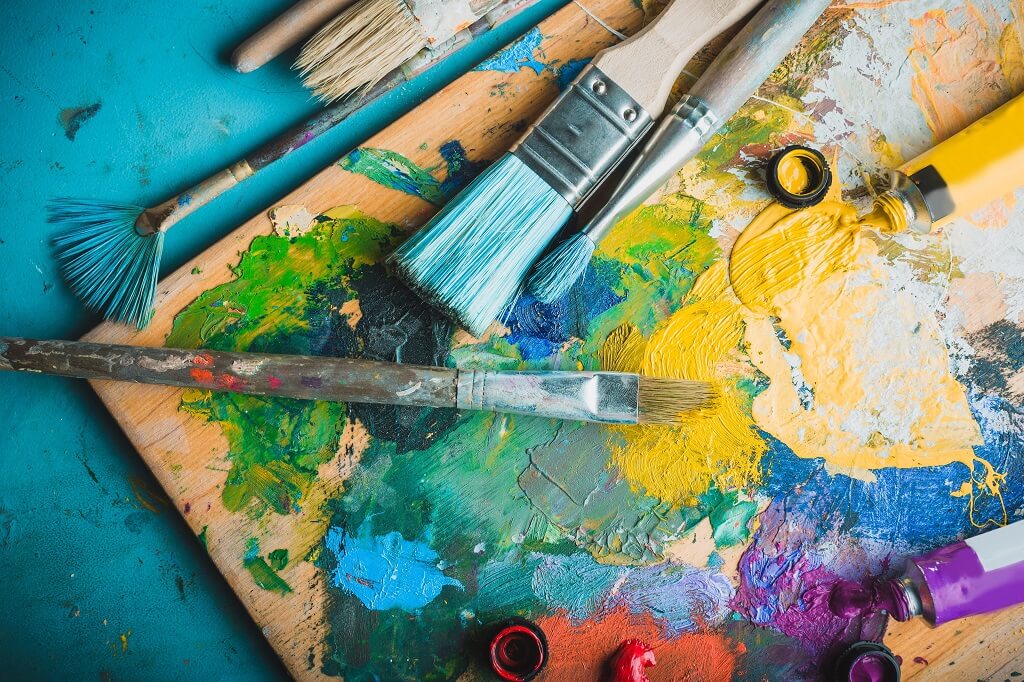While South Florida’s sandy beaches and rich culinary offerings are vital tourism beacons, the area’s vibrant arts and culture scene is playing an increasingly important role in the region’s economy, a new report shows.
In Broward County, arts and culture generated $414 million in economic impact in fiscal year 2015, according to the Arts & Economic Prosperity 5 report released in June from Americans for the Arts, a national nonprofit arts promotion organization.
That spending supported 11,078 full-time jobs and produced $40.1 million in local and state tax revenue, the report showed.
By comparison, in fiscal 2010, the Broward cultural sector generated $230 million in economic impact, 6,402 jobs and about $22 million in tax revenue, Americans for the Arts data showed.
“The data is clear. The arts are not a charity, they are an industry,” said Earl Bosworth, director of the Broward Cultural Division, of the findings. “While they support a quality of life that we all know and appreciate, the arts are also a significant economic driver in Broward.”
Excluding cost of admission, visitors to museums, art galleries and performing arts venues in Broward spent an average of $33.03 per person, the 2015 report showed. That compared with $26 per person in 2010.
Revenue to local businesses, including restaurants, hotels and retail shops, was about $266 million from patrons of Broward’s arts and cultural activities in 2015, compared to $127 million in 2010.
The majority of non-resident attendees surveyed indicated the primary purpose of their visit to Broward was to attend a specific arts or cultural event, according to a Cultural Division news release touting the Prosperity 5 report.
And non-resident attendees also spent an average of 66 percent more than locals.
Meanwhile, arts and cultural activities in 2015 generated $345 million and supported 8,237 jobs in Palm Beach County and $1.4 billion and 41,000 jobs in Miami-Dade County.
Non-resident “cultural tourists” who come to the area for specific arts and cultural events tend to spend more money than other visitors, the report said, adding they are more likely to stay in hotels or bed & breakfast lodging and typically for longer periods.
Awareness of the value arts and culture brings to the area’s tourism economy drives communities to reinvest in the assets, keeping them fresh and competitive, tourism officials said.
“People are coming to The Palm Beaches to experience the arts, and this cultural tourism is good for business and for arts organizations,” said Rena Blades, president and CEO of the Cultural Council of Palm Beach County.
Last month, the Cultural Council of Palm Beach County announced plans to distribute $4.37 million in grants among 33 large and mid-sized local arts and cultural institutions in the 2017-2018 fiscal year to help them expand or improve services.
The South Florida counties were among 341 U.S. regions included in the fifth edition of the Arts & Economic Prosperity study.
Tri-county nonprofit arts organizations include the Broward Center for the Performing Arts, Historical Society of Palm Beach County and Adrienne Arsht Center for the Performing Arts of Miami-Dade County.
Across Florida, 1,688 organizations and 35,967 patrons were surveyed.
Statewide, nonprofit arts and cultural activities generated $4.68 billion in fiscal 2015, compared to $3.1 billion in 2009, according to data from the Florida Department of State.
In releasing the new report, Americans for the Arts President and CEO Robert L. Lynch said the findings “prove that the arts are an industry — a generator of government revenue, a cornerstone of tourism, and an employment powerhouse.”
He added: “Leaders who care about community and economic vitality, growing tourism, attracting an innovative workforce, and community engagement can feel good about choosing to invest in the arts.”
To read the full report, visit Americansforthearts.org.


